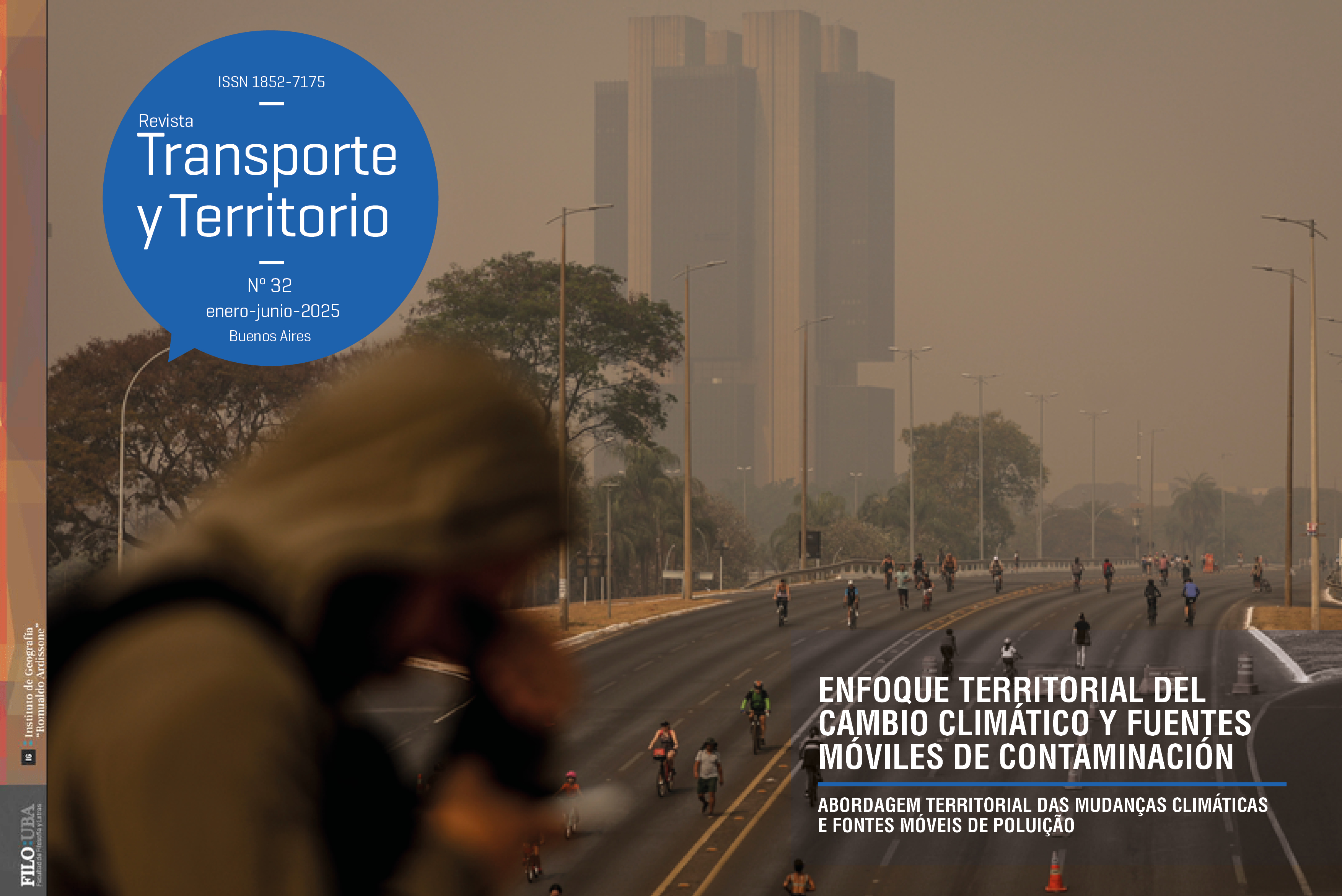Analysis of Bike Racks in Urban Parks of Porto Alegre/Brazil: Where Do People Lock Their Bicycles?
Abstract
The bicycle has been rapidly gaining popularity in large cities as an alternative mode of transportation, intertwining with other issues such as cycling infrastructure and urban parks. These elements offer numerous benefits, including improved health, urban mobility, social interaction, safety, environmental awareness, and tourism. Unfortunately, they are often treated separately in urban planning. Therefore, the objective of this study is to analyze data from different sources related to cycling infrastructure and two urban parks in Porto Alegre, Brazil. The focus is on bike parking facilities known as "bicycle racks," which are part of the cycling network and provide cyclists with secure spaces to leave their bikes. The research was conducted quantitatively through questionnaires and on-site surveys at Farroupilha Park and Marinha do Brasil Park, utilizing various data sources obtained online. The results revealed that cyclists generally do not secure their bikes in urban parks, and it is believed that the location of the bicycle racks is responsible for this. Therefore, these locations should be reconsidered to better align with the needs of cyclists. Bicycle racks should be situated near points of interest, visible (with high foot traffic), and designed with a secure bike locking mechanism.Downloads
Copyright (c) 2025 Jennifer, Fábio Lúcio Lopes Zampieri , André Luiz Lopes da Silveira

This work is licensed under a Creative Commons Attribution 4.0 International License.

1.jpg)

3.png)























